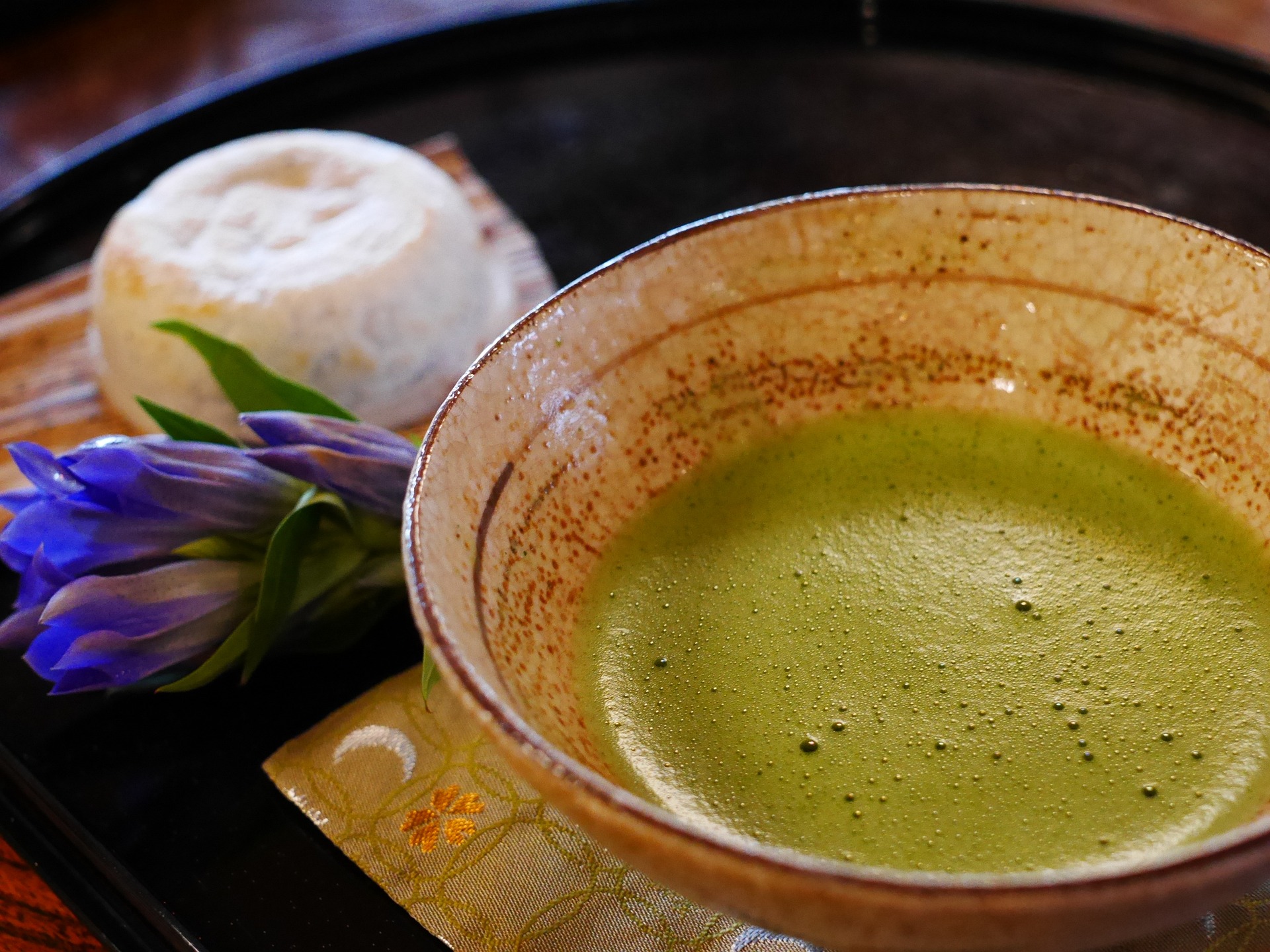The Case for Natural Pesticides
Pesticides are indispensable for crop production. Those who have experienced organic farming know its challenges well. Pesticides are essential in modern agriculture to achieve sufficient yields and to save labor. However, if there are natural methods of pest control, both farmers and consumers would prefer to use them. An interesting example addressing this need has been highlighted.
Nanoparticle Ingredients Made from Tea
Boil tea purchased from the market and let it cool to room temperature. Then, evaporate the water to concentrate it. Through further chemical processes, polysaccharides derived from tea can be obtained. Adding chitosan to this results in a milky color. This is referred to as “chitosan nanoparticles (CTNp).” The milky substance can be separated from water, allowing the sediment to be collected and freeze-dried to produce the final product.
CTNp Inhibiting the Growth of Rice Pathogens
The effectiveness of synthesized CTNp against rice diseases was investigated. Cultures smeared with Pyricularia grisea (the pathogen causing blast disease) and Xanthomonas oryzae (the pathogen causing bacterial blight) were exposed to paper impregnated with CTNp. After incubating at 37°C for 24 hours, the medium without CTNp showed significant growth of pathogens, whereas around the paper with CTNp, no growth was observed. CTNp inhibited the proliferation of the pathogens!
The effectiveness was also confirmed on rice leaves. After washing collected leaves, they were coated with CTNp, while control sections were treated with water. Pathogens were then applied, and the leaves were left for 10–14 days. The leaves treated with water showed yellowing and disease symptoms, whereas those treated with CTNp maintained their green color, indicating that CTNp could prevent infection.

Potential for Natural Pesticides Depending on Cost and Duration of Effectiveness
The study introduces laboratory-level antibacterial activity. Tests on leaves suggest the potential for field efficacy. It would be beneficial to conduct field trials to prove its usability.
The paper does not mention it, but could used tea leaves suffice? The tea used in the study was boiled for about three hours, suggesting that sufficient polysaccharides could be extracted from used tea leaves. Could this be a low-cost business opportunity using food waste?
As this method primarily uses natural materials, the regulatory hurdles for pesticide approval should be nonexistent or low.
I would like to hear your opinions as well.



コメント